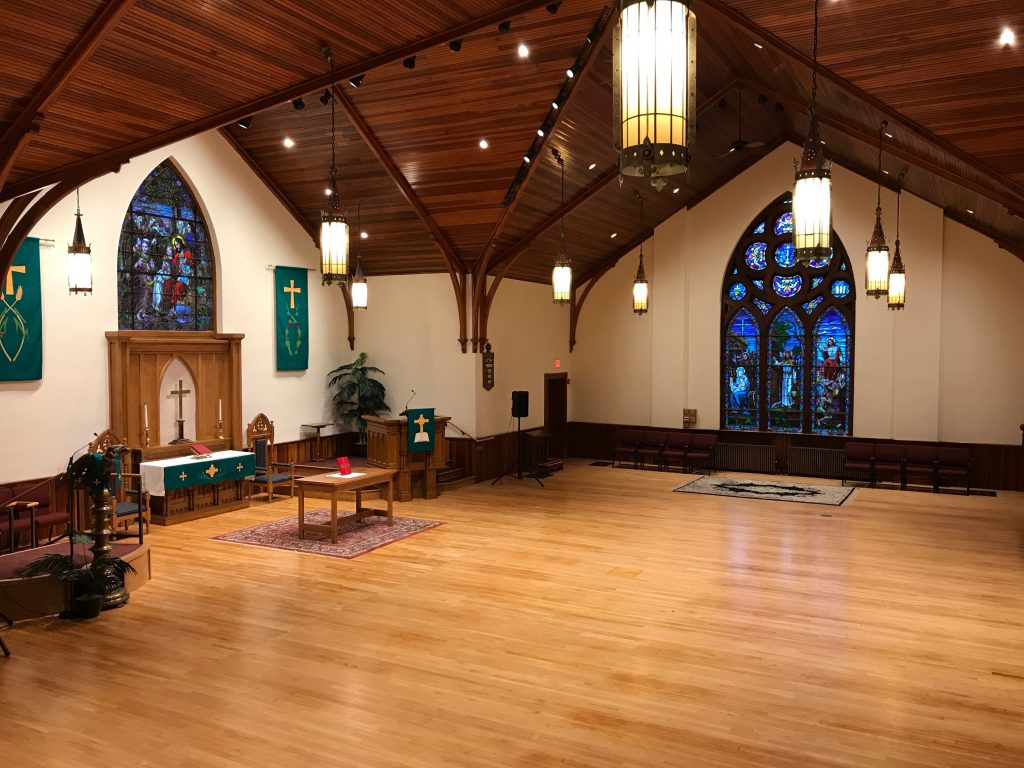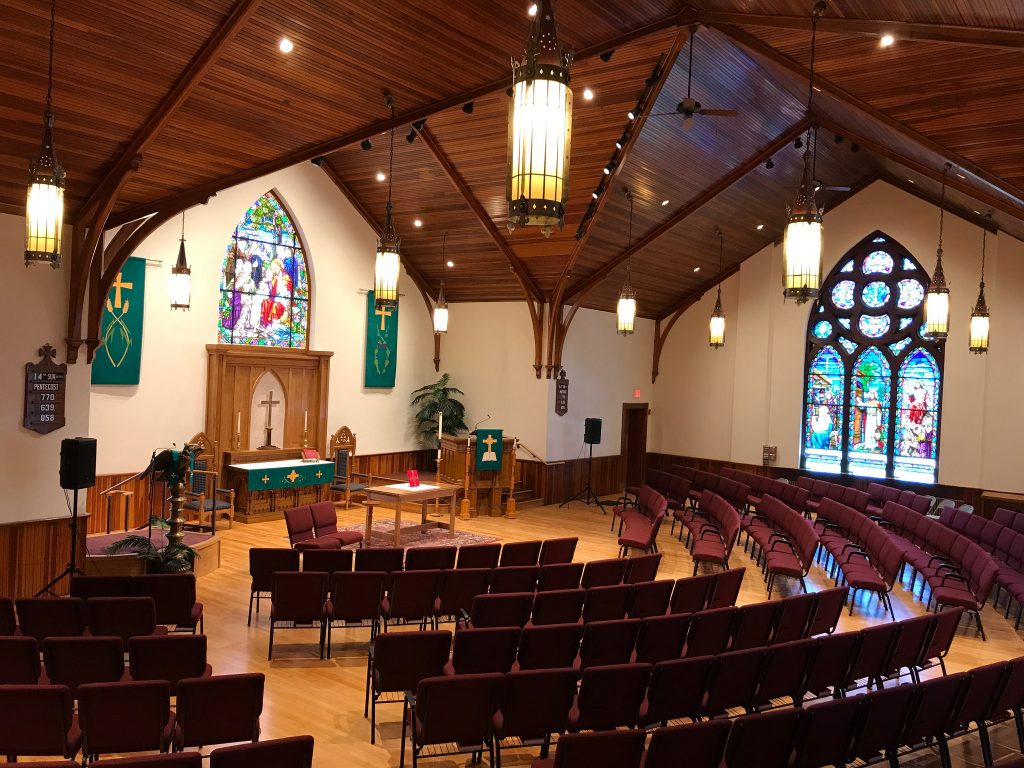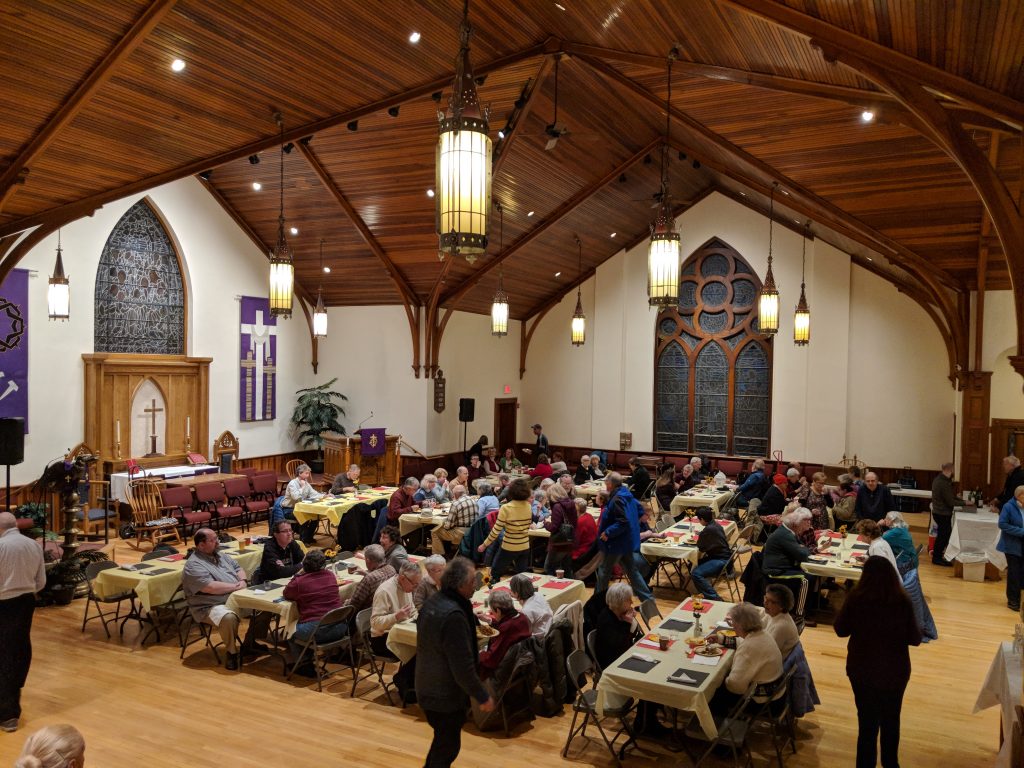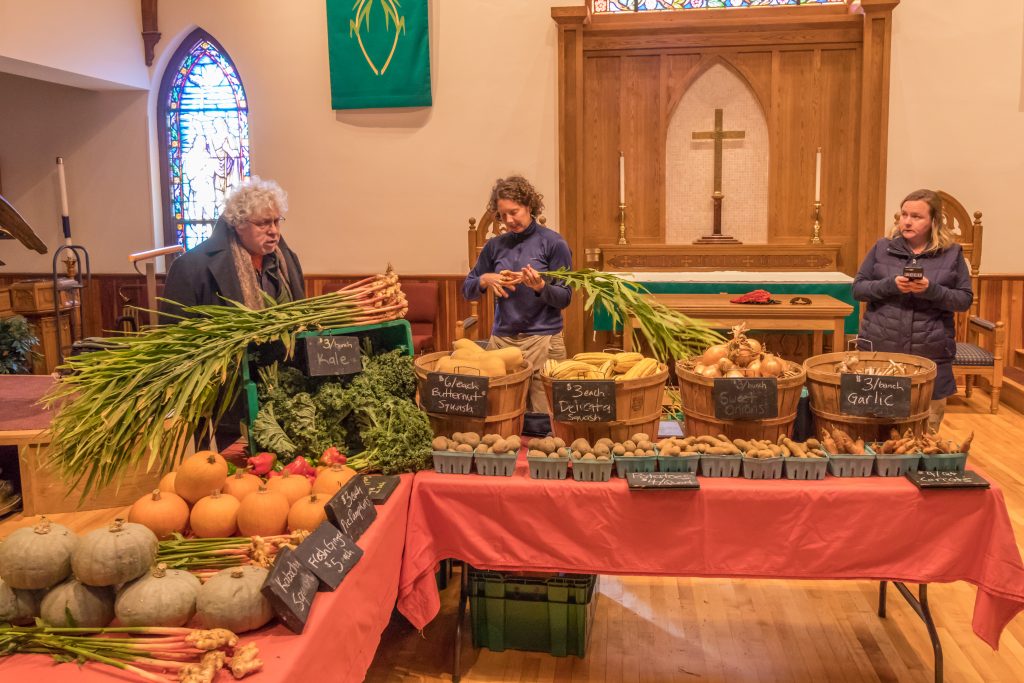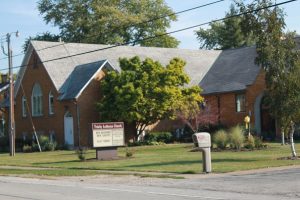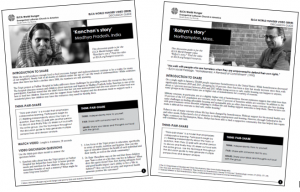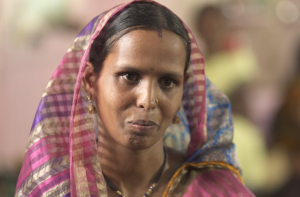…and you will know the truth, and the truth will make you free. (John 8:32)
The timing of the debate about appointing Judge Kavanaugh to the Supreme Court after the hearing with Dr. Ford strikes me as ironic. This hotly contested debate unfolded as the country was observing the national holiday still known by most as Columbus Day. For some years now some have been campaigning to change it to National Indigenous People’s Day. In fact my I-phone calendar noted that October 8 was Columbus Day (regional holiday) and Indigenous People’s Day, with the note, “This is not a nation-wide holiday; it may not be observed in our region.”
The story of our country includes the narrative that our European ancestors came here to escape the tyranny of a hierarchy of royalty and high-ranking church leaders. When the Europeans settled here they essentially recreated that hierarchy with different labels. Though we do not have monarchs with numerous layers of aristocracy, we very much have a system in which a few thrive far more than most.
Prestige and Privilege
The elite are often sent off to expensive private schools where they are encouraged to believe they are special, above the rules that govern others, and born to lead by virtue of their family and social connections. Our founding documents about liberty and justice for all only applied to Caucasian men who owned property. That property, originally occupied by indigenous people, was often obtained by ignoring or discrediting the rights of the people here long before Columbus landed on the shores of the Americas.
These assumptions are changing. Change causes anxiety. Anxiety often produces angry outbursts such as we’ve witnessed lately as the #MeToo movement has exposed the dark underbelly of previously unchallenged privileges among some. Though we no longer publically claim that women are the property of men, we often have enforced behaviors that allow women to be treated as such.
A Social Revolution
We appear to be in the midst of a civil war as potentially destructive as the Civil War of the 1800’s. The class system that has evolved over the past four hundred years is hurting a large portion of our population. Growing numbers refuse to suffer in silence.
Today when we acknowledge Christopher Columbus and his explorations we also tell a more accurate account of what happened then. We are starting to talk about the abuses and oppression Columbus and other European explorers inflicted on the people already here. We are slowly, and very painfully, coming to terms with the fallout from the re-creation of a class system that rewards some and excludes most. Not until I started doing extensive research for an upcoming book set in the 1600’s did I learn that Europeans were capturing Native Americans and hauling them back to Europe to sell as slaves. But fessing up to our past injustice does not come naturally. Some textbooks are being rewritten to portray slavery as a wave of immigration from Africa, as though the slaves asked to be brought here in chains. The travesty of the Trail of Tears is being written as some friendly land swap agreement between the Native Americans of the Southwest and the Europeans who needed land to expand. Some are trying to white wash our history by brainwashing our children.
Who Speaks the Truth?
The issue today seems to be whether we will believe people when they tell us this lopsided system is hurting them. If we believe the victims of abuse and injustice, we must work together to render aid and change the system. What kind of a nation have we become when a woman has to move twice to protect her family because she goes public about a night of personal horror? What kind of people are we when a Senator calling for more time to process the situation also receives death threats? What kind of people are we when we encourage crowds to chant about locking people up for voicing their opinions? What kind of people are we when we justify tearing terrorized toddlers from their mothers’ arms because they didn’t cross into our geography according to our nearly-impossible-to-navigate entry process?
When we promote and favor the few but discredit the many hurt by this system of elitism, we are clearly telling those who suffer that we either do not believe them or we do not care about their plight. I once interviewed a Holocaust survivor. He told me that of all the atrocities he suffered and witnessed, the worse part was when he managed to track down a few surviving relatives. They asked him, “Why are you making up those lies? That never could have happened.”
I Do See Progress
I am a glass half-full sort of person. I see progress. I see more women and minorities in places they certainly would not have been a few decades ago. For example, today nearly one third of our sixty-six ELCA Lutheran bishops are women. I also see more and more men stepping up to address these issues of inequality. I am grateful and encouraged for this progress. I pray it continues.
My grandmother lived in Cleveland when her father was dying in Zanesville, a hundred and fifty miles away. She took a train to be with him, and according to the story told to me, spent the night in the train station. No one would rent a room to a married woman travelling alone in first decades of the 1900’s.
My mother managed our family of three children alone for months at a time when our civil engineer father was out of the country on a project. During one of his trips the bank deducted his paycheck from their account, rather than add it. This of course put the account in the red and caused multiple checks to bounce. The bank would not deal with my mother because she was a woman. She had to get her father, a Federal Reserve banker, to intervene to straighten out the mess.
ONE Nation?
I wonder how many members of the elite have dealt with such issues. We are in the midst of a cultural revolution. Future generations will no doubt have some name for these shifts in power and privilege we’re seeing unfold. For now we are re-thinking our collective assumptions about how we should live and work together as ONE nation, under a God of mercy and compassion, that truly ensures liberty and justice for all people – not just the privileged few.
The original Pledge of Alliance read, “I pledge allegiance to my Flag and the Republic for which it stands, one nation, indivisible, with liberty and justice for all.” This version was amended by Congress in 1954 to: “I pledge allegiance to the flag of the United States of America, and to the republic for which it stands, one nation under God, indivisible, with liberty and justice for all.” Francis Bellamy, a socialist, wrote the original version in 1892. A socialist wrote our Pledge of Allegiance.
I pray calm, wise, and compassionate leaders can guide us out of this contentious corner into which we’ve backed ourselves. We’ve come a long way, but we certainly have a long way to go until we truly are a one nation that provides liberty and justice to all our people.
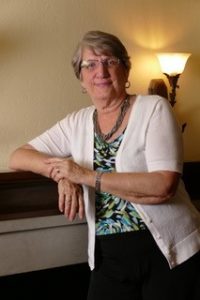
Bio
Kathryn Haueisen is a retired ELCA pastor, a consultant with the Mission Investment Fund’s Capital Campaign Services, and an author who blogs about people and places that offer help and hope at www.HowWiseThen.com. She has written devotions, curriculum, and articles for numerous Lutheran publications as well as other consumer and faith-based publications. Her book, A Ready Hope: Effective Disaster Response for Congregations (Alban Institute 2009) prepares communities and volunteers for the long term recovery process that unfolds following a natural disaster.




